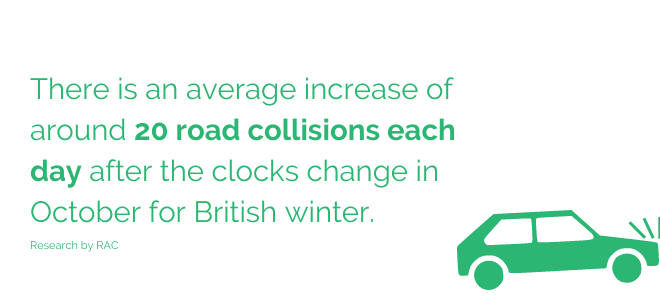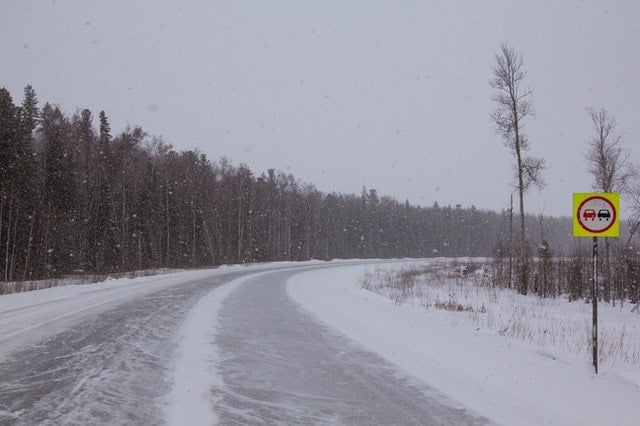Making sure that highway workers are visible to road users is a constant challenge during the winter months.
Reduced daylight hours, adverse weather and poor light quality combine to create the worst possible conditions in which to be safely seen.
This is what makes maintaining PPE and high-visibility clothing an essential part of safety management for road workers. Here’s why and a look at some strategies:
How do risks increase during the winter months?

It’s not just the reduced hours of daylight but also the poor quality of available light with fog, rain, mist and snow helping to reduce visibility.
The longer it takes for motorists to identify an approaching hazard, the greater stopping distances become and the risks of vehicle collisions increase.
What are the PPE requirements for roadworker visibility?
The need for high visibility clothing is covered by Chapter 8 (part 2) of the Traffic Signs Manual. It states that:
“The workforce and site supervisory staff must wear high visibility warning clothing at all times when on-site.”
Any PPE clothing, including jackets, shirts, coats, trousers and tabards, must comply with the standards set by BS EN 471. It sets out three classes with class three items providing the greatest visibility.
Part of a risk assessment should be to identify which class of PPE visibility is appropriate for the operation.
What are the challenges of managing PPE high vis compliance?
Making sure that proper safety clothing is being worn requires constant vigilance. Complacency can creep in over time with any kind of lapse increasing the safety risks. Typical issues include:
Poor maintenance
Employers must provide workers with high visibility PPE clothing which is a ‘clean and in a serviceable condition’. Dirt and grime will reduce the effectiveness of a garments reflectiveness.
This means that high visibility clothing should be regularly wiped down. Where clothing is permanently damaged or stained, it should be replaced.
Layerings
Roadworkers will often need to add layers or change what they are wearing to suit the weather conditions. This is a particular problem during the ever-changing nature of the winter months.
It’s during these changes that mistakes can be made with compliant high-vis clothing being covered or obscured by outer layers. It’s important to provide a range of compliant clothing that’s appropriate for all weather conditions.
Inappropriate/Ill-fitting
One of the most common causes of PPE clothing compliance breaches is because a worker will find a garment restrictive or uncomfortable. This can happen when the clothing is ill-fitting or used for a range of diverse tasks.
Workers should be given a range of PPE options that fit and are appropriate for the different activities they’re required to do. Making sure that roadworkers are consulted whenever PPE is updated helps to reduce ‘pushback’.
How to improve PPE compliance
Providing access to compliant PPE workwear is not enough, you also need to take ‘all reasonable steps’ to make sure it’s being effectively worn.
This means:
- Including PPE clothing requirements in risk assessments
- Providing workers with hi-vis information and training
- Having a process in place to manage and maintain workwear
- Carrying out checks to ensure compliance
Technology can help to ensure checks are carried out with digital workforce management systems providing real-time notifications and alerts. A system such as MyMobileWorkers can enforce checks as well as using digital images to show workers are wearing compliant PPE.
.png?width=1161&height=159&name=Asolvi-hex-logos-2023-baseline-final-BA_MyMobileWorkers%20(1).png)

